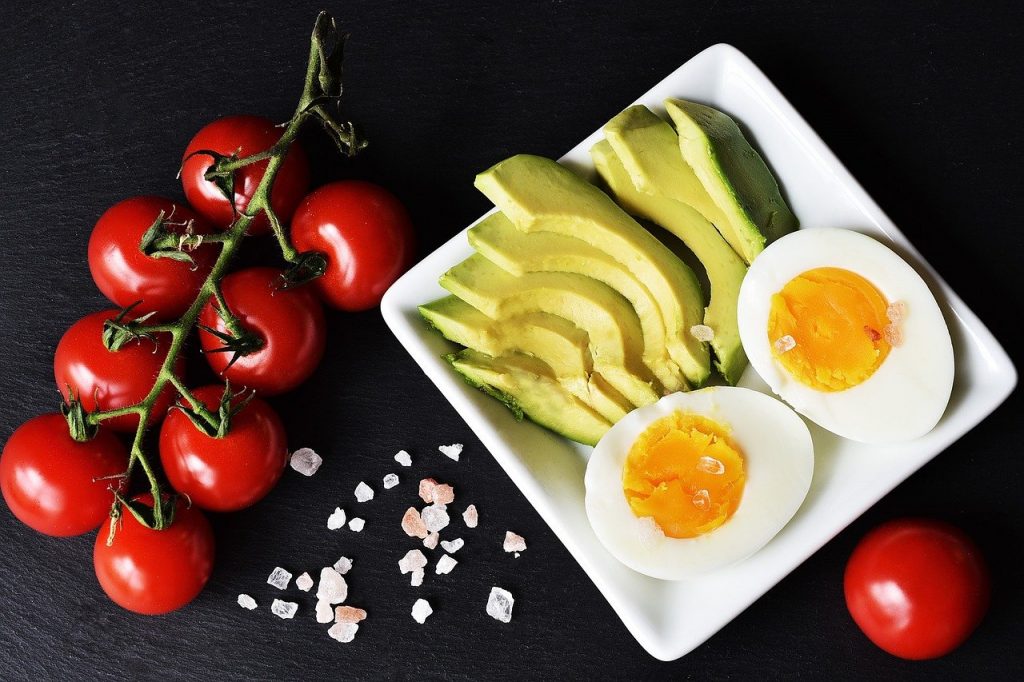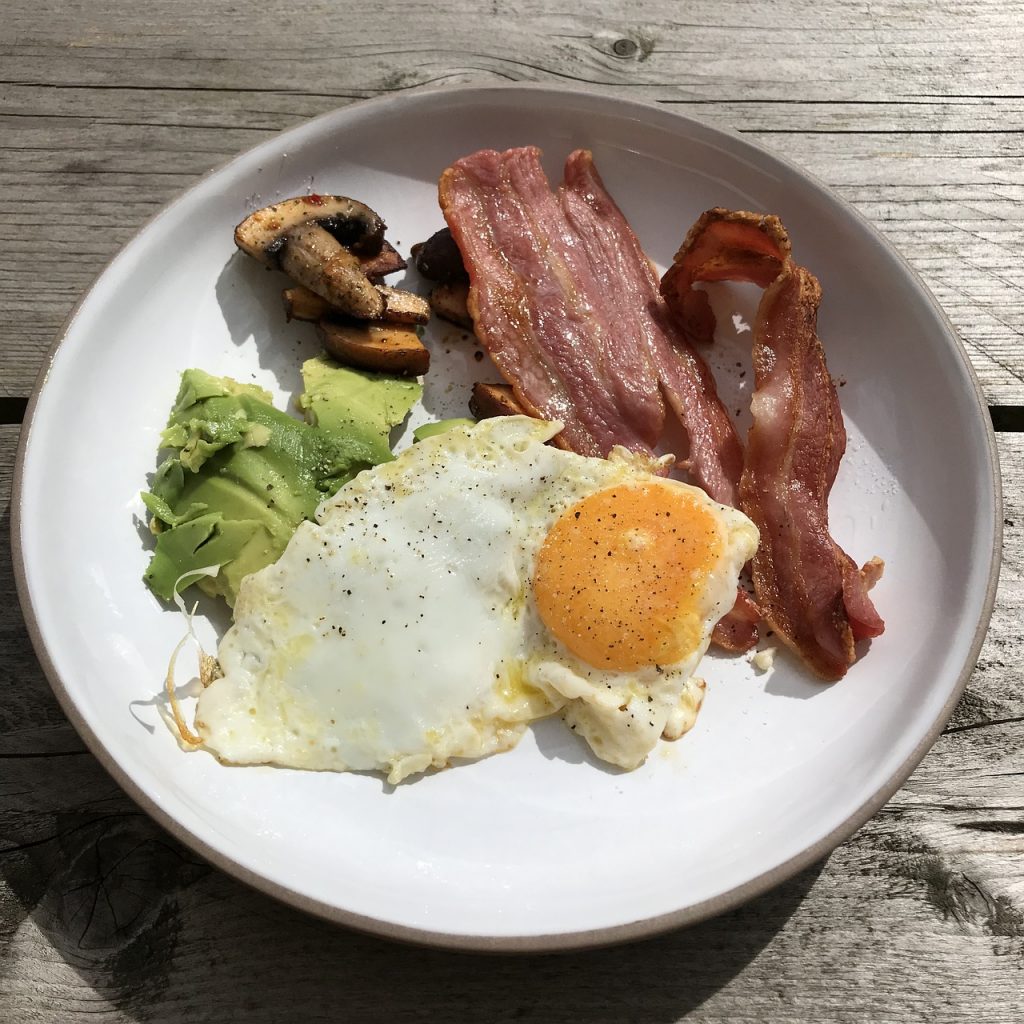 The keto diet is a special high-fat, sufficient-sugar, low-carb diet which in common practice is used chiefly to cure epileptic seizures in epileptic children. It has been reported that patients who have followed this diet for a long time have succeeded in controlling their seizures with remarkable improvements. The keto diet forces your body to use fat instead of glucose for energy, thereby sparing the pancreas from making too much of the hormone insulin. When the pancreas produces too much insulin, ketones, or ketones are produced by the breakdown of fat and glucose. Excess ketones are eliminated through the urine, and the remainder passes out of the body as ketones. As the liver is forced to use muscle protein for energy, ketones can be expelled more efficiently through urine than through the diet.
The keto diet is a special high-fat, sufficient-sugar, low-carb diet which in common practice is used chiefly to cure epileptic seizures in epileptic children. It has been reported that patients who have followed this diet for a long time have succeeded in controlling their seizures with remarkable improvements. The keto diet forces your body to use fat instead of glucose for energy, thereby sparing the pancreas from making too much of the hormone insulin. When the pancreas produces too much insulin, ketones, or ketones are produced by the breakdown of fat and glucose. Excess ketones are eliminated through the urine, and the remainder passes out of the body as ketones. As the liver is forced to use muscle protein for energy, ketones can be expelled more efficiently through urine than through the diet.
Following the keto diet can also help you in weight loss. This is because it forces your body to use fat for energy instead of glucose. If your goal is fast weight loss, then it’s recommended to eat up to five pounds of lean proteins (for example, chicken or fish) and carbohydrates every day, and to drink at least 8 glasses of water per day. For best results, always try to eat as healthy as possible and choose proteins that are low in saturated fats. Eggs are particularly good if you want to lose weight quickly, while sausages and other meats are better choices for long-term weight loss.
High blood pressure is one condition that can be helped by following a keto diet. In a study conducted in Finland, hypertensive women were given either a low or a high fat, low fiber diet for a period of six months. The researchers reported that the subjects on the keto diets had significantly lower blood pressure than those on a low carb diet. In addition, blood pressure was lowered even in those with previous hypertension. These diets seem to improve many common conditions, including diabetes, high cholesterol and blood pressure.
A keto diet can also help one’s complexion, as it reduces uric acid buildup. One study comparing women who followed one of two diets reported that their “whole body metabolic profile” was similar, despite the fact that one group ate mainly carbs and the other ate mostly protein. No significant differences were found in insulin levels or in the amount or type of fats consumed. However, it is important to note that one study did report that a ketogenic diet can increase the risk of certain cancers, including colon cancer, breast cancer and prostate cancer.
A keto diet can greatly reduce abdominal fat. Many people feel that cutting one’s carbohydrate intake drastically reduces the amount of fat that’s accumulated around the midsection. However, while reducing carbs might make one lose some weight, it can also cause significant health problems. Most of the weight lost by reducing carbs tends to come from water and muscle rather than fat. Also, most people who try low carb diets eventually end up eating more carbs than they had previously.
For people at high risk for heart disease, especially people with plaque-based conditions like cardiovascular disease, lowering LDL particles (fatty compounds) can significantly reduce the risk of heart disease. LDL is the “bad” cholesterol and increases the risk of heart disease. Statins, one of the most commonly prescribed drugs for cholesterol control, lower LDL but not HDL. So taking statins may actually increase the amount of saturated fat one eats, making this disease risk worse. Research into how diet can affect LDL particles (and other factors such as disease risk) is still ongoing.
Gene Madison writes concerning the Keto Diet and Weight loss in his blog. Visit his website for more information.



